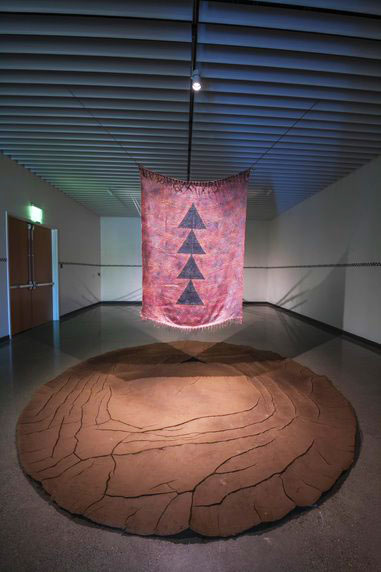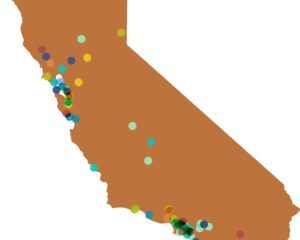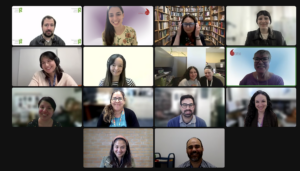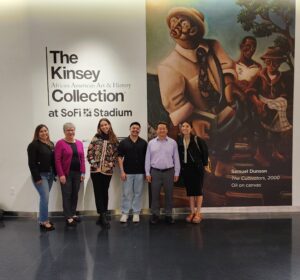A Blend of Archival Research Methods with Contemporary and Traditional Indigenous Arts Practices
California Humanities recognizes the vital interconnections between the arts and humanities. That’s why in 2018, we introduced the Arts + Humanities focus area to the Humanities for All Quick Grant program. While an Arts + Humanities project can use a diversity of approaches and explore a myriad of rich subject matter, these projects share a thoughtful fusion of humanities research methods or subject areas to enrich the interpretation, analysis, and contextual understanding of the visual and performing arts.
Quick Grant projects such as artist Jacob Meders’ 2019 exhibit Mǝǝmento: Before and ‘Aksum Belle: Afterwards, presented at the Jacki Headley University Art Gallery and Janet Turner Print Museum at California State University Chico, exemplifies a project that skillfully blended archival research methods with contemporary and traditional Indigenous arts practices. To achieve this, Meders, a member of the Mechoopda Indian Tribe of Chico Rancheria, explored book forms, archival prints, sculpture, and socially engaged practices to examine perceptions of place, culture, and identity challenging perceptions of the assimilation of Indigenous peoples.
Presented at two exhibition sites at Chico State, Mǝǝmento: Before and ‘Aksum Belle: Afterwards offered critical engagement with the University’s art museums, examined both as the repository of archival materials, knowledge, and art and as an institution physically occupying the ancestral lands of the Mechoopda-Maidu. Meders interspersed his original works of art among archival works to interrogate the colonial and post-colonial mindset related to Native American cultures and issues, both past and present. To transform the gallery into an indigenous space, Meders created a site-responsive installation of an earth floor within the gallery. Outside of the gallery, Mǝǝmento: Before and ‘Aksum Belle: Afterwards also featured a collection of prints placed within multiple newspaper vending machines located on campus and in the town of Chico to invite public discourse.
One of the significant byproducts that came out this project was a partnership forged between the Mechoopda and Chico State. Meders’ vinyl installation in the gallery lobby with the identifying Mechoopda pattern is now permanent. It includes an interpretive panel on the origins of the design and the contemporary implications of marking the lobby as Indigenous space. The campus has also instituted more consistent land acknowledgments at public events and integrated these into the curricula. Also, Mechoopda Tribal Chairmen Dennis Ramirez often gives a blessing at official campus events.
The richness and depth of Mǝǝmento: Before and ‘Aksum Belle: Afterwards has made a significant impact on the university and surrounding communities introducing these audiences to the work of a practicing Native American artist, engaging viewers in discussions of indigenous identity through contemporary art and the Turner print collection, and bringing attention to the history of Chico’s first people.





